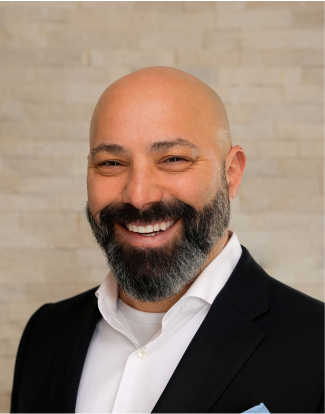Thoughts on where you should invest this RRSP season
It’s been said that Canada has five seasons: Spring, Summer, Fall, Winter, and, wedged somewhere in between Winter and Spring, RRSP season. An entire industry was built around RRSP season and the marketing machine keeps chugging along every year.
Since the introduction of the Tax-Free Savings Account (TFSA) in 2009, there has been a lot of opinions shared on whether Canadians should be focussing on their RRSPs or their TFSAs. For years, it was no contest, as the vast majority of the money sitting in TFSAs was short-term savings deposits. But over the years, Canadians have come to see the value of using the TFSA for long-term investing, not short-term saving.
With the RRSP March 1 deadline fast-approaching, Canadians are asking themselves: Should I put money into my RRSP or my TFSA? My answer to this question is: Yes.
I don’t want to go into a detailed review of how these two accounts work. That information is available everywhere. But here are some of the key issues you need to consider when coming up with your own answer to the question.
TAXES
If you want to contribute $1000 to an RRSP, you need to earn $1000, because what you would have paid in taxes on your income would be paid back after you contribute to your RRSP; to contribute $1000 to a TFSA, you need to earn more than $1000, because income tax would be taken off your earnings first.
If your marginal tax rate today is higher than it will be in retirement, there may be a tax savings over time if you contributed to your RRSP.
Ask yourself what is the value of that tax savings if it is not realized for 10, 20, even 30 years from now.
OLD AGE SECURITY AND OTHER BENEFITS
RRSP income is just that: income. Income is not just taxed, but is also used in the calculation of some benefits, most notably Old Age Security. The higher your income, the lower your possible OAS benefit. Money withdrawn from a TFSA is not income; it’s cash. Cash is not taxed and it is not included in income calculation when determining benefits, meaning zero clawback on OAS.
OTHER SOURCES OF INCOME
Factor in other sources of revenue in retirement: Canada Pension Plan, employer-sponsored pension plan, rental property income, and others. These provide reliable sources of income that could affect your need for revenue from your other sources (i.e. RRSP or TFSA), and they may also increase your marginal tax rate.
While the decision to take money out of your TFSA is entirely up to you, you have no option but to withdraw money from your RRSP (now called a RRIF) once you turn 72.
AN OPTION TO CONSIDER
Instead of choosing between accounts, consider contributing to your RRSP and TFSA. The TFSA contribution should be equal to, or greater than, the tax benefit (reduction or refund) generated by the RRSP contribution.
Let’s say you contribute $5000 into your RRSP. If you see a 6% return annually (unrealistic, but used for illustration) for 10 years and your marginal tax rate today is 40%, your RRSP would grow to $8954. If your marginal tax rate in retirement is 35%, then you would owe $3134 in taxes if you withdrew the entire amount, leaving you with $5820 after taxes. You also received a $2000 tax refund when you made the contribution 10 years earlier, so if we add that back, you end up with $7820.
If you had made the same contribution into a TFSA at got the same return for 10 years, the money would grow to $8954. You would owe zero tax if you withdrew the money, but you also received no refund 10 years earlier. At first glance, the difference is significant; however, you did not use pre-tax dollars for the TFSA contribution. In fact, you had to pay tax on the income earned in order to have the $5000 to invest.
What if you made the $5000 RRSP contribution, received the $2000 refund and deposited it into your TFSA, and let all of that grow at 6% for 10 years? The net, after-tax value when you take it all out in retirement would be $9401!
You can potentially improve your total income by allocating your fixed income to the RRSP and your equities to the TFSA. The end value would be very similar ($9333) to the scenario above, but the lower amount coming out of your RRSP (RRIF) could mean lower taxable income, lower marginal tax rate, and lower taxes on your other taxable sources of income. It could also mean higher benefit payments (e.g. OAS).
So…RRSP? TFSA? Both?
It’s not quite so simple as one or the other. A comprehensive decision requires calculating the income, cash flow, income tax and wealth implications of all options. If you’re unsure, speak to your financial advisor or call us at Balance Financial and get a complimentary assessment of your RRSP and retirement plan.
For more information, please contact Balance Financial
Keep up to date on the latest financial advice by following us here and subscribing here.



